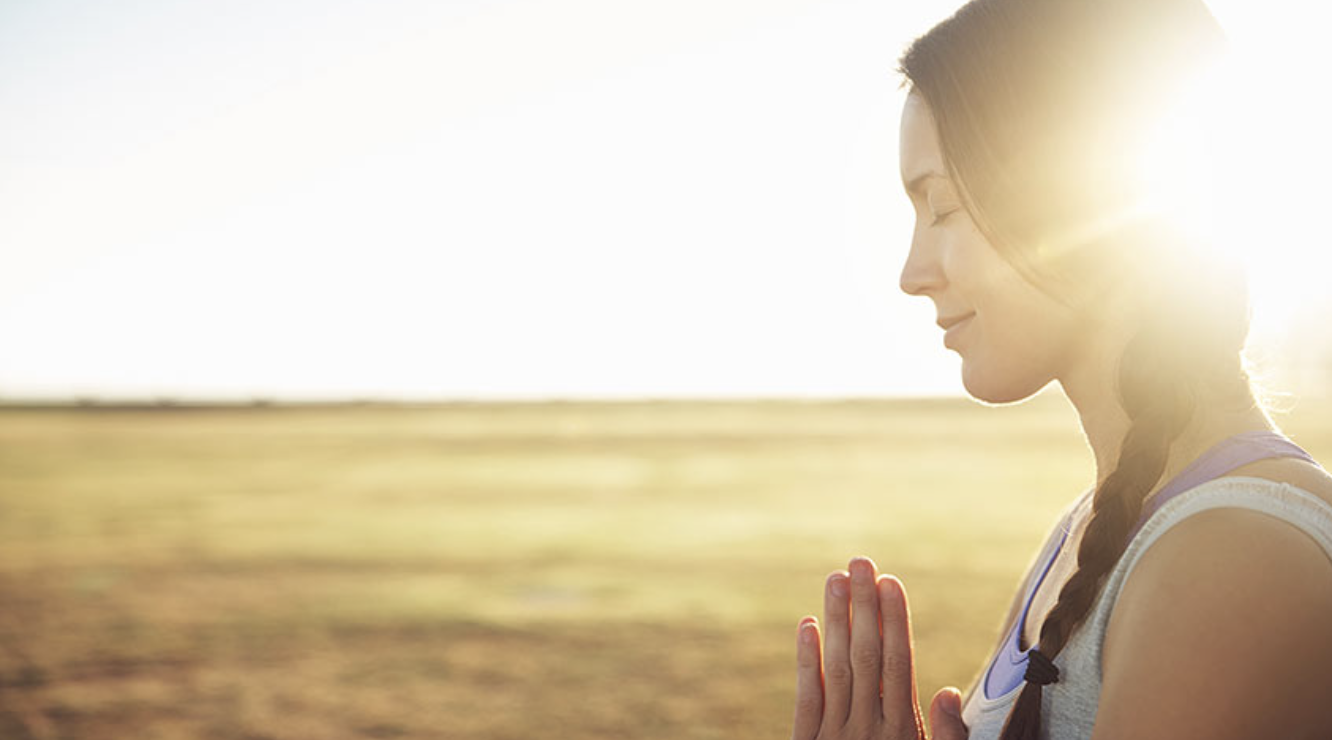Mindful Leadership: A Simple Way to Lead Better
Janice Marturano lived a high-energy, high-pressure life as a vice president and deputy general counsel at General Mills. Looking to restore her personal equilibrium during a rocky time, she discovered mindfulness meditation.
To her surprise, mindfulness and leadership quickly became intertwined.
Within weeks of beginning a morning meditation practice, Marturano became more aware of how she acted and reacted at work. She used mindfulness practices to become more focused in her conversations and decisions. Her days became more productive and priorities were met. Mindful leadership was making a positive difference in the quality of her work.
The Importance of Mindful Leadership
Now more than ever, being engaged in mindful leadership matters — not in some weird new-age way, but in a “this could make you more effective” way.
So often, we believe we can get more done if we switch to autopilot and get through the day in a distracted, but somewhat scripted, routine. Sound familiar?
It’s not that such scripts are bad, but an unchallenged overreliance on them can be. Why? Because opportunities are missed and mistakes happen when we’re disengaged from our lives. It can be dangerous to get too comfortable and stop paying attention, letting your mind drift from the present moment to worry about the present or future. Waking up to the present moment is critical to stopping rumination and stress and building resilience.
This is especially true in the fast-paced and complex world we’re all currently navigating.
It feels counterintuitive, but slowing down can help you speed up because it can help you see what’s really happening, rather than working from assumptions that may or may not be true. Mindful leadership helps you live with intention, both at work and at home, strengthening your ability to connect to yourself and others, as well as your ability to lead change effectively.
Own Your Day Through Mindfulness
When Marturano first started to meditate, it wasn’t a part of her work life. “It was separate,” she says. “I meditated, and I worked.”
Soon, however, she realized that if she incorporated mindful leadership in her day, it would affect the way she was working with her team. “I looked more clearly at how I was spending my day — much of it was spent on the loudest voice, not on what was most important. I was able to let go of things, which allowed my team to have greater responsibility. I had a new ability to hold ambiguity.”
“Before this, I would have many days when I looked at my watch at 6:30 and thought, ‘I don’t know where the day went. I’ve been busy all day, but I’m not sure I could tell you what I got done today.’”
One day, Marturano looked at her watch and realized she hadn’t had one of those days in a very long time. “I became even more curious about this connection between training the mind and cultivating leadership excellence and thought, if more people knew about this, it would help them, the business, and maybe the community.”
Marturano shared her experience with colleagues at General Mills and eventually helped create the company’s Mindful Leadership training. Today, mindful leadership is a way of life at the company. We also teach mindful leadership at CCL in our leadership programs.
4 Fundamental Skills of Mindful Leadership
According to Marturano, mindful leadership requires the following 4 fundamental skills:
Focus allows us to sustain our attention as we solve problems. During mindfulness training, participants learn to focus their attention on something specific, such as their breath — and then notice when their attention has wandered and redirect it.
Clarity helps us to see what is — not what we expect to see or what we hope will be. As we practice mindful leadership, we see our own conditioning, biases, and filters.
Creativity requires spaciousness. When we’re in the midst of busyness and to-do lists, our ability to have space for creativity is limited. Mindfulness creates that needed space for creativity and innovation.
Compassion helps us to make choices with the understanding that we are all in this together. It’s about showing empathy and a deep understanding of what is, including things that are complex and difficult and cause suffering, in our lives and in our communities.
As you start to make changes, people begin to see there’s something different about your reactivity, your ability to let go, and your courage to say what’s important.
“When you’re more present to be the best you can be, to be strong and courageous, to listen to what’s called for now, the ripple effect is much, much stronger and more powerful than you might imagine,” Marturano says. “People will notice.”


